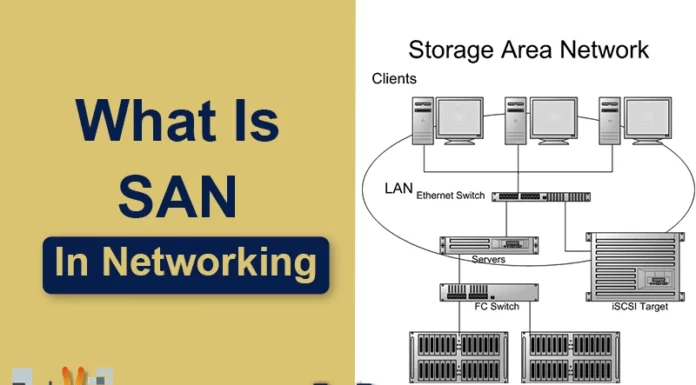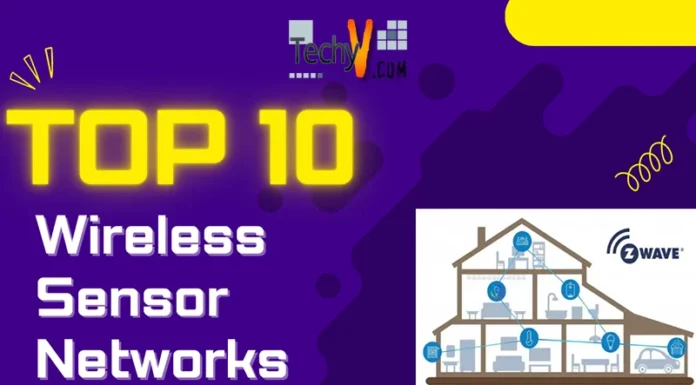Today in this world of new technologies and software, we do use coding in every simple aspect of technology now a days form just displaying of pages to the highly advanced robotics, we need coding. Not only the in the execution of programs, programming languages are even used to design the software, web applications, mobile applications, websites, etc. A simple website that just displays information and some beautiful labels just need the knowledge of web designing, but if you want to include the server in your web application, i.e., to have a client to server interaction, to enable the client to post the queries and you as a server responding to it, etc. all these functions need extended capabilities. For this we need Servlet to run on the server side of the web application.
To extend the capabilities of the server, we have a java programming class called a servlet. By using request and response model of programming, it extends host applications accessed. To extend the web server’s applications, servlets are mostly used but also they can respond to any type of request. For such applications, HTTP-specific servlet classes are defined by the Java Servlet technology.
To add the dynamism to the web application, Servlet technology is used in the back end, i.e., on the server side.
As it extends the Java language features it is robust and scalable. As the server-side programming we had CGI, i.e., Common Gateway Interface, which is scripting language before Servlet. As there were more disadvantages than its uses, it is hardly used now a days. Different classes and interfaces such as Servlet Response, Servlet Request, Servlet, etc. are present in the servlet API. If the server handles the HTTP requests then the interfaces are added with the keyword Http such as Http Servlet, Http Servlet Response, Http Servlet Request, etc.
What is a Servlet?
Based on the context used, you can define servlet in various ways.
• To create dynamic web applications, a technology called servlets is used
• An API that consists of many classes and interfaces and also the documentation of them is Servlet.
• The interface that needs to be implemented is Servlet for creating any servlet.
• To create dynamic web pages, a web component that is to be deployed on the server is a Servlet.
The advantages of Servlet
The reason why CGI is overwritten by Servlet is because of its advantages. For multiple requests to the Servlet to be handled, threads are created by the web container. Benefits such as lightweight, sharing of a common memory area, low communication cost between threads, etc. are the reason for using Threads more than the processors.
1. Better performance:
As for each request, a thread is created instead of a process
2. Secure:
As Java language is used by it
3. Robust:
We need not worry about problems like garbage collection, memory leak, etc, as they are managed by JVM
4. Portability:
Of course, because it is built on Java language platform.


















